Key Points:
- US Inventory Build: Crude and fuel stockpiles in the U.S. increased, signaling weaker demand and pressuring oil prices.
- OPEC+ Steady Policy: The OPEC+ alliance chose to maintain its current production strategy, avoiding any immediate output cuts.
- Market Reaction: Oil prices eased as traders weighed rising inventories against OPEC+’s unchanged stance.
Oil prices edged lower on Oct. 2 as US stockpiles rise, with inventory data showing an increase in crude, gasoline, and distillate stocks. West Texas Intermediate (WTI) futures settled near $62 a barrel, down almost 1% from the previous day and marking the third consecutive daily decline.
The movement comes ahead of the upcoming OPEC+ meeting scheduled this weekend. The producer group, which includes members of the Organization of the Petroleum Exporting Countries and partner nations, has stated it does not plan immediate changes to production targets.
Inventory build in the United States
US stockpiles rise as the Energy Information Administration reported that commercial crude oil inventories rose by 1.79 million barrels last week. Gasoline and distillate inventories also recorded increases. At the same time, gasoline consumption in the country declined to its lowest level in six months.
Dennis Kissler, a trader at BOK Financial, said market participants closely track supply additions. “Any added barrels to global supply will be taken as a major negative by traders,” Kissler said.
Global supply and demand outlook
While inventories in the United States expanded, China, the world’s largest oil importer, continued building its strategic crude reserves in recent quarters. This activity has provided support to international demand.
The International Energy Agency (IEA) has projected that global oil markets may show a surplus in 2026, driven by steady production growth. Analysts at Macquarie said in a recent note that sentiment toward supply remains cautious, even though actual output has sometimes fallen short of announced increases.
Seasonal and regional factors
US stockpiles rise as industry analysts monitor seasonal consumption trends, with autumn typically brings a slowdown in gasoline use after the summer driving season in the Northern Hemisphere. Benchmark crude grades from the Middle East came under pressure this week, reflecting expectations of stable or higher regional supply.
Market adjustments remain tied to the balance between supply additions and consumption patterns. Inventory builds in major consuming nations, combined with steady import activity in Asia, are shaping the near-term outlook for oil prices.
Visit Oil Gas Energy Magazine for the most recent information.
Source:












